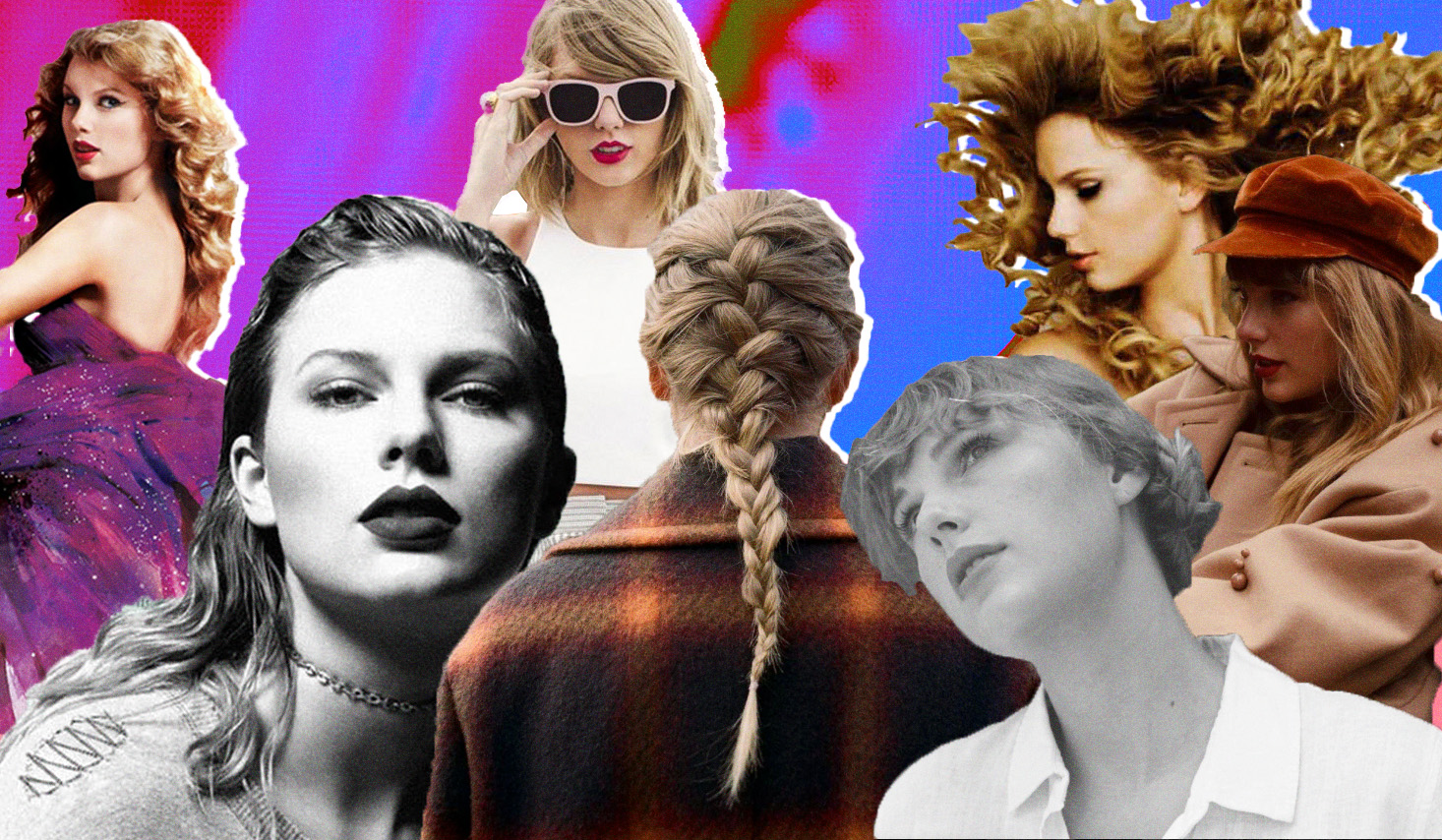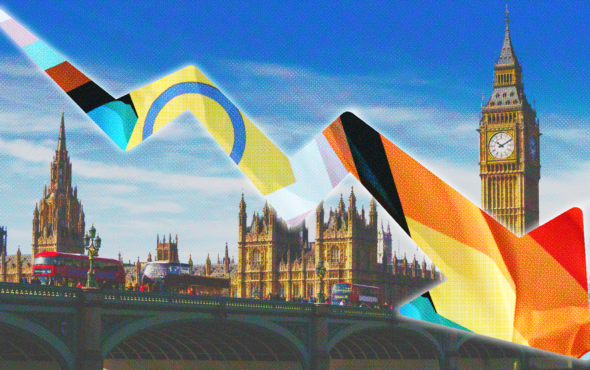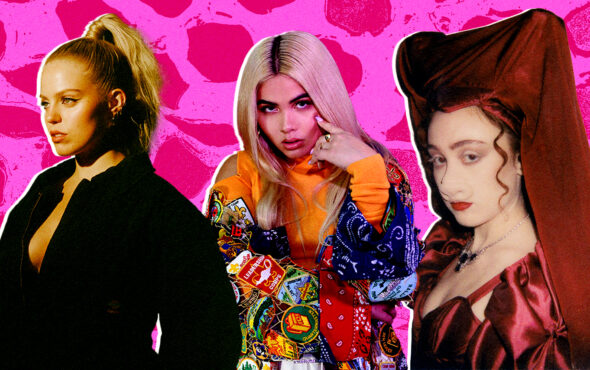
As a long-term Swiftie, I’m familiar with the lore surrounding the work and public persona of Taylor Swift. Whether it’s ‘No, it’s Becky’ fandom jokes on Tumblr to the TikTok drama around Swift impersonator Ashley, I’ve seen, heard and read it all.
And while we talk a lot about one-sided parasocial relationships, the artist has always closely engaged with her fandom – sending hand-written letters to devotees and even inviting them over to listening parties in her house. With each new album or era, the musician rolls out clues, hidden lyrics, and easter eggs for the Swiftie sleuths to share and speculate over. So, when I saw last week’s much-discussed New York Times opinion piece, shedding light on the Gaylor fandom, I wasn’t surprised. After all, for some fans, speculation about Swift’s sexuality is ingrained in their experience of her art.
As the article’s writer, NYT Opinion Editor Anna Marks, outlines, there are plenty of conspiracy theories projecting a queer reading onto Swift’s discography. For many Gaylors, Swift’s sickly sweet seventh album Lover was a coded expression of bisexuality: with artwork featuring the blue, purple and pink of the bisexual flag. The rainbow motifs and “glass closets” featured in the Reputation Tour stage setup were perceived by these same fans as implicit confirmation of their suspicions. However, the outrage to Marks’ article overlooks something much greater – how the feature gives agency to speculative fan theories which invade the star’s private life.
Gaylors, a branch of Swift’s die-hard fandom, have found solace and self-expression in the singer’s work. Lyric-hunting and scouring for hidden signals in her discography, they’ve forged a community where LGBTQIA+ fans can bond over queer Swift conspiracies. While there’s nothing wrong with viewing Swift’s work through a queer lens, there’s an issue when these readings are mainstreamed – and therefore legitimised.
NYT isn’t the first place to bring Gaylor theories into the mainstream. Following the release of Midnights, a Rolling Stone article explored queer fans’ experience of Swift’s music and suggested that the star’s 10th studio album was a coded coming out to her fans. Meanwhile, Camp Gaylor – a summer camp for die-hard LGBTQIA+ Swifties – saw the fandom move from URL to IRL.
It’s true that Swift has been a long-standing ally of the LGBTQIA+ community. In 2018, the artist performed ‘Delicate’ with “lesbian Jesus” Hayley Kiyoko for The Ally Coalition. On her album Lover, the singer included a pro-LGBTQIA+ anthem ‘You Need To Calm Down’ which featured a number of drag queens and queer Hollywood A-Listers in the video. However, Swift’s contributions to the community do not have to be taken as hints of a disguised queerness. Instead, her advocacy is a demonstrated investment in a community that supports her – and a way to reciprocate that support as this facet of her fanbase faces discrimination and mistreatment.
But no matter the close affinity which exists between Swift and queer culture, it doesn’t give fans (or fanbases) the right to fervently speculate about the singer’s sexuality. Theory heads know that a work of art’s meaning isn’t determined by the artist’s intention but by how this work is interpreted. And we know this in practice, too. Whether it’s Showgirls or ‘Padam Padam’, art doesn’t have to be made by LGBTQIA+ artists in order to be claimed by the community. Regardless of how much our experiences align with her work, it doesn’t warrant picking apart someone’s identity – straight or queer – and invading their personal life.
View this post on Instagram
In response to Marks’ op-ed, an unnamed “associate” of Swift responded to CNN that: “There seems to be no boundary some journalists won’t cross when writing about Taylor, regardless of how invasive, untrue, and inappropriate it is.” Similar criticism has come from high-standing members of the LGBTQIA+ community too. American queer activist and musician Chely Wright, who’s mentioned in the opening of the NYT article, took to social media to express her disappointment at the piece: “Seeing a public person’s sexuality being discussed is upsetting.”
There’s nothing wrong with aligning yourself with an artist you love. It could be the lyrics, their on-stage quirk or a general vibe you’re not able to pin down, but no amount of subtext condones the right to projection under the guise of opinion. As for wanting queer visibility? There are plenty of LGBTQIA+ acts (many of whom Swift brought on her Eras Tour) that are open about who they are and their art. So, if you’re looking for a queer artist that have killer lyricism or a thick pop beat, maybe check out acts like Omar Apollo or Reneé Rapp.



